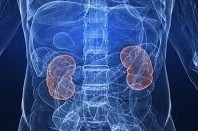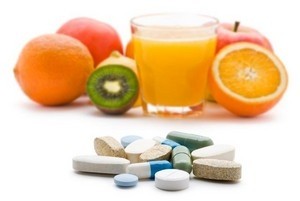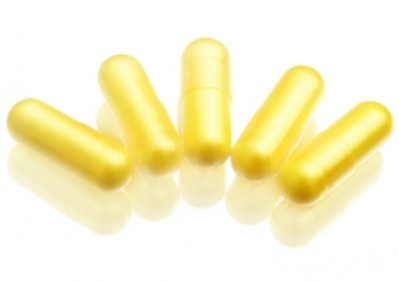Chitosan gum introduced to help manage phosphate levels for kidney patients

“I thought there was an opportunity in the market to deliver chewing gums with active ingredients,” Mastix Medica CEO Robert Estey told NutraIngredients-USA.
After a career in the finance end of the pharmaceutical business, Estey was looking for new opportunities.
“I bought a candy company about four and half years ago that also had a proprietary tableted chewing gum technology. I was looking for a niche delivery system to deliver active ingredients. The only medicated chewing gum at the time was nicotine,” he said.
Chitosan as active ingredient
The unique tableted gum uses chitosan, a dietary ingredient usually derived from crustacean shells that is well known as a dietary, medical and environmental binding agent. Clinical studies show that chitosan released from chewing gum is an effective way to help maintain normal serum phosphate levels in chronic kidney disease (CKD) patients. Mastix Medica uses a vegetable source, nonallergenic chitosan for RenaGum.
The gum is positioned as a medical food, which carries some special regulatory strictures, Estey said.
“I originally thought this was going to be a dietary supplement, but when I talked with our regulatory attorney she said this was more of a medical food,” he said.
Coming to market with a medical food differs slightly from the supplement scenario, he said. There is no pre market approval, but the food must be formulated to deal with a specific dietary deficiency or issue associated with a medical condition.
“It needs to be used under the care of a physician. It’s not a prescription, although it can be a prescription,” Estey said.
And the scientific proof of efficaciousness isn’t necessarily higher than that for a dietary supplement, at least a supplement marketed by a reputable manufacturer, Estey said.
“It has to have some scientific study behind it. But if you are going to do dietary supplements right, you should have some scientific basis to show that there is efficacy,” he said.
“It should be the same bar. But we all know here are things that get on the market that have junk science or there may not be any science there at all.”
Binding excess phosphate
Chitosan has strong binding activity, similar to a chelator, Estey said.
“It’s used in water treatment to bind impurities. The military uses it in bandages to stop bleeding. In supplements it has been used to bind fats for weight control; that’s a little less scientific than the other ones,” he said.
In the gum, chitosan binds with phosphate in the saliva and also in the gut. This lowers the free phosphates within the gut and promotes more rapid diffusion of excess phosphates out of the bloodstream, where they can cause long term damage, Estey said.
“It’s over time that (kidney patients) enter into more serious problems. If you have too much phosphate in your system you have calcification of your heart and your arteries. It’s not the kidney problems that usually kill kidney patients; it the cardiovascular problems,” he said.
Captive market
Selling a product through nephrologists and dialysis clinics might seem to be a natural bottleneck, but it’s still a potentially lucrative, and captive, market Estey said.
CKD is a growing health problem in the United States, with at least 20 million people in various stages of the disease including about 500,000 people with end-stage renal disease (ESRD) requiring hemodialysis. The two main causes of CKD are diabetes and high blood pressure accounting for up to two thirds of all CKD cases.
The gum costs about 50 cents a serving, which is in line with some of the generic phosphate binding drugs, Estey said. The gum is not meant to replace these drugs, which are generally taken with meals, but to complement them, he said. Right now, thought, health insurance such a Medicare and Medicaid is not paying for the product, though that might change in the future, Estey said.
Mastix Medica does contract manufacturing of gum delivery system for other clients.
“We did a product that’s now in Kroger that sues blackberry extract. We can’t say ‘gingivitis,’ but that’s what it’s for,” Estey said. “We have a coQ10 chewing gum.”
The company has also made a gum featuring Embria Health Sciences' EpiCor immune health ingredient and has a weight loss gum formulated with chlorogenic acid from green coffee bean.
“Because we started as a candy company, we know about flavor. We can mask all these hard-to-mask ingredients,” he said.

















